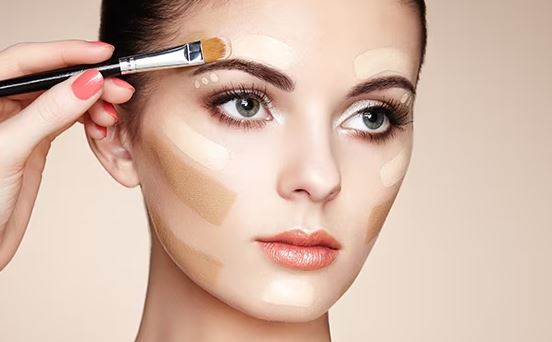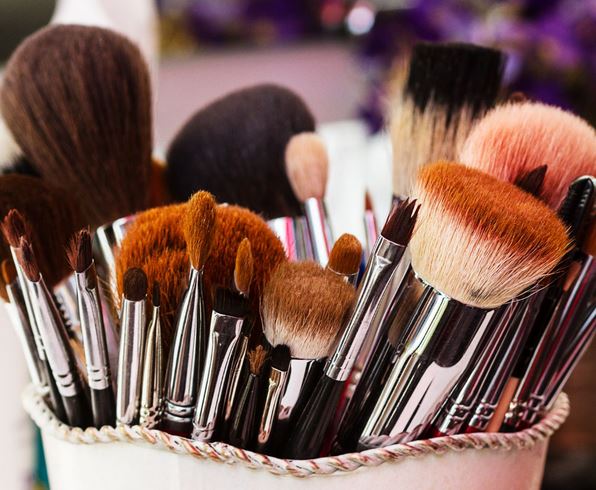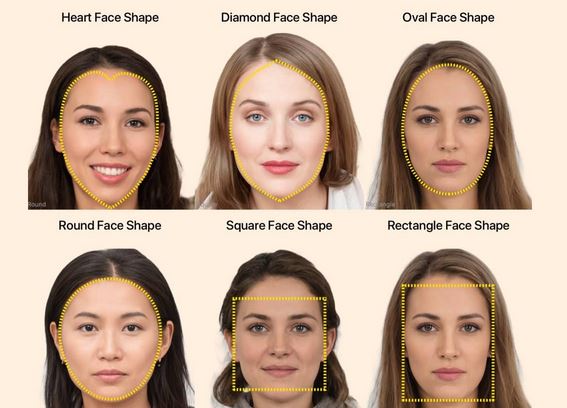The Ultimate Guide to Finding Your Perfect Foundation | |

| |
Foundation is the cornerstone of any makeup routine, providing the base for a flawless complexion. However, finding the perfect foundation can be a daunting task with the multitude of options available. In this comprehensive guide, we will walk you through the process of finding your perfect foundation match. From understanding your skin type to choosing the right formula and shade, this ultimate guide will help you unveil the foundation that enhances your natural beauty and leaves you with a radiant and flawless finish. Determine Your Skin TypeBefore diving into the world of foundations, it's crucial to identify your skin type. Here are the most common skin types and their characteristics:
Understanding your skin type will help you choose a foundation that addresses your specific concerns and provides the desired finish. Determine Your UndertoneIn addition to your skin type, identifying your undertone is crucial for selecting the right foundation shade. Undertones are the underlying hues that influence how your skin appears. There are three main undertones:
Understanding your undertone will guide you in choosing foundation shades that harmonize with your skin and avoid looking too pink, too yellow, or ashy. Choosing the Right Foundation FormulaWith your skin type and undertone in mind, it's time to explore different foundation formulas. Here are some popular options:
Consider your skin type, desired coverage level, and finish to determine which foundation formula aligns best with your preferences. Finding Your ShadeFinding the perfect shade is the most critical aspect of choosing a foundation. Here's how to do it:
Don't be discouraged if you don't find your perfect shade on the first try. It may take some experimentation to discover the ideal match for your complexion. Additional Tips for Foundation ApplicationOnce you've found your perfect foundation, consider the following tips for a flawless application:
FAQs about Finding Your Perfect FoundationQ: Should I test foundation on my wrist or jawline?A: The jawline is the best area to test foundation as it provides a closer match to your facial skin tone. Testing on the wrist may not accurately represent your face's undertones. Q: Can I mix different foundations to create my ideal shade?A: Absolutely! Mixing foundations is a great way to customize your shade, especially if you have difficulty finding an exact match. Experiment with different combinations until you achieve your desired color. Q: Can I wear foundation if I have sensitive skin?A: Yes, there are foundations formulated specifically for sensitive skin. Look for labels such as "hypoallergenic" or "suitable for sensitive skin" and always patch test new products to ensure compatibility. Q: How can I prevent my foundation from looking cakey?A: To prevent a cakey appearance, start with a well-prepped and moisturized canvas. Use a small amount of foundation, build up gradually, and blend thoroughly. Set with a light dusting of powder for a natural finish. Q: How often should I replace my foundation?A: Foundation generally has a shelf life of 6 to 12 months. Pay attention to any changes in consistency, smell, or color, as these may indicate that it's time to replace your foundation. ConclusionFinding your perfect foundation is an exciting journey that requires understanding your skin type, undertone, and preferences. By following the steps outlined in this guide, you'll be able to select a foundation that enhances your natural beauty, provides flawless coverage, and leaves you with a radiant complexion. Embrace the power of the right foundation and unveil your best self! | |
| Category: Makeup | |
| Total comments: 0 | |
 |
| 10 Must-Have Makeup Products for Beginners |
 |
| Tips for Managing and Preventing Hair Smell |
 |
| How to choose Teeth Whitening Kits |
 |
| How to rock athleisure wear outside the gym |
 |
| 10 Foods That Promote Hair Growth and Scalp Health |
 |
| The Best Hairstyles for Different Face Shapes |
 |
| The Best Hair Supplements for Promoting Hair Growth |
 |
| The Best Hair Masks for Deep Conditioning and Repair |
 |
| How to properly care for your nails and achieve a salon-worthy manicure |
